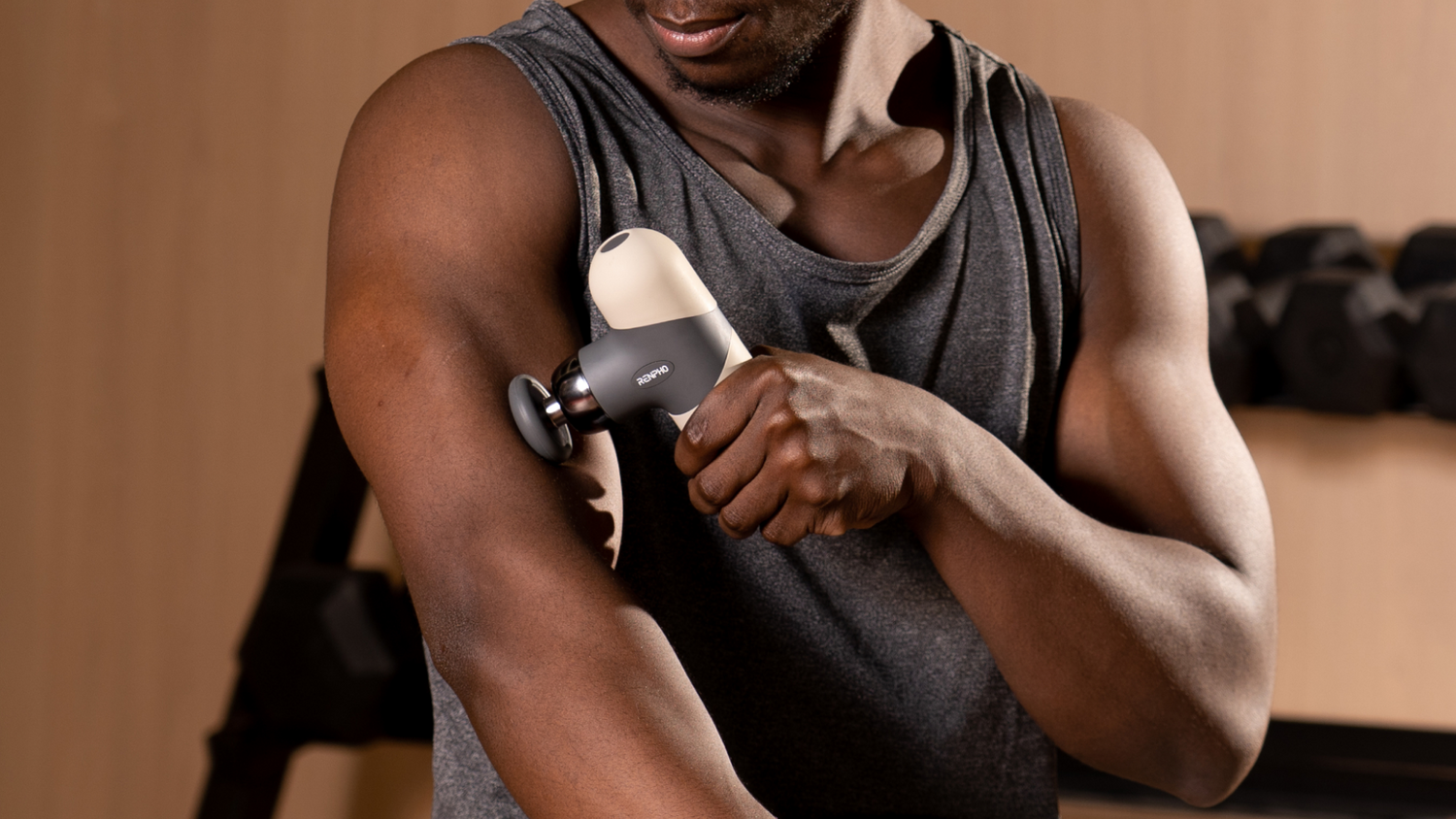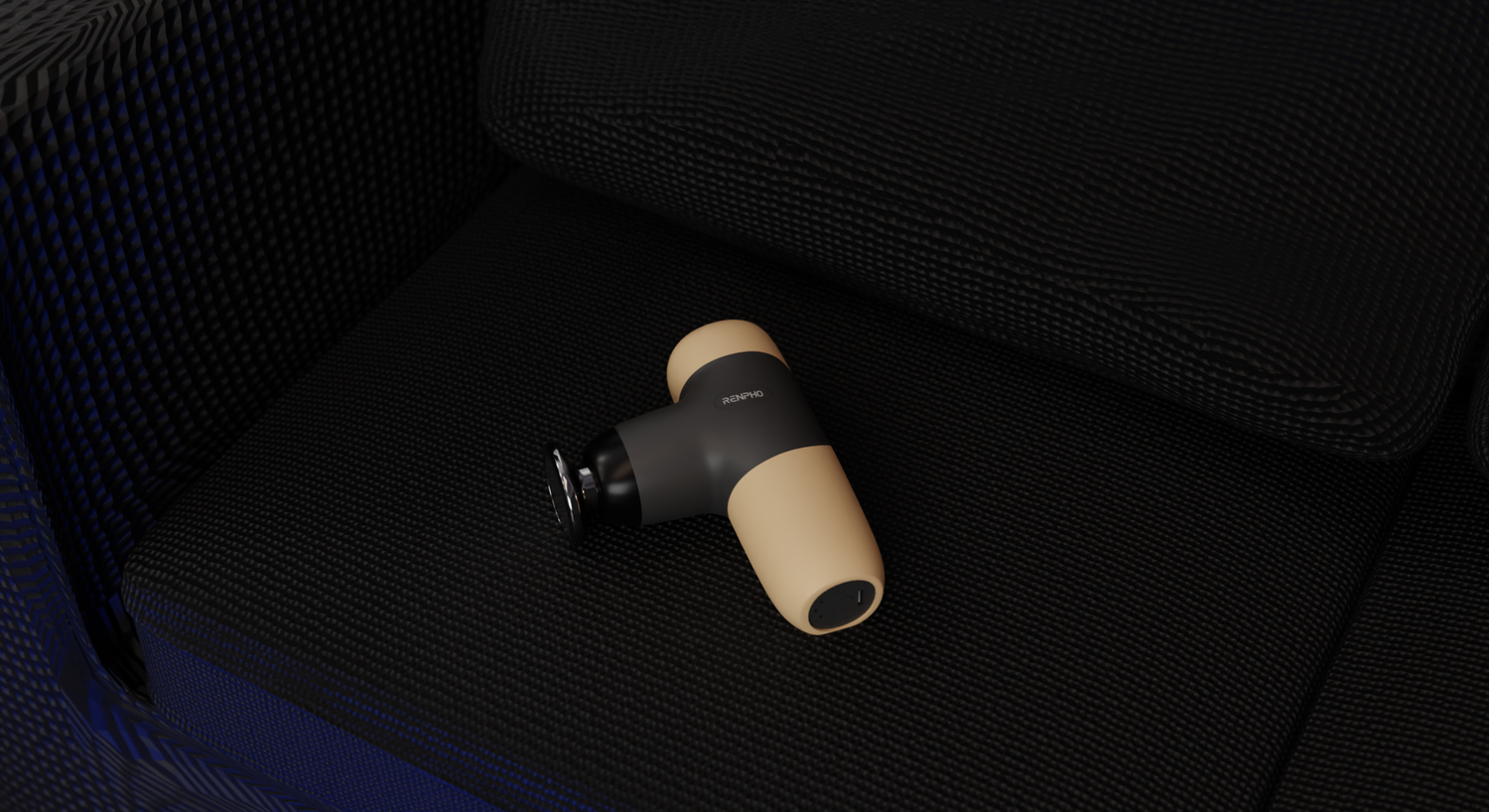Can Reflexology Help Deal With Back Pain?

Stay tuned to our latest news
Back pain is one of the most common ailments affecting millions of individuals worldwide. What makes it worse is that it not only influences physical comfort but also the overall quality of life of those affected. With many relying on traditional medicine for relief, alternative therapies like reflexology are gaining traction for their potential benefits in managing pain.
Reflexology, rooted in ancient Chinese and Egyptian traditions, involves applying pressure to specific points on the feet, hands, and ears that correspond to various body parts. By stimulating these reflex points, it is believed that it promotes healing and helps alleviate several conditions, including chronic back pain. Recent studies suggest that this technique may not only provide physical relief but also address associated issues like stress and anxiety.
With that said, let's explore the relationship between reflexology and back pain relief, detailing its benefits, key reflex points, and techniques. With a better understanding of reflexology, individuals like you may discover a new, complementary method to enhance overall well-being and tackle persistent back discomfort.
3 Benefits of Reflexology

As mentioned previously, reflexology offers a multitude of health benefits that go beyond relaxation. Many individuals turn to this therapeutic practice to alleviate stress, anxiety, and even back pain. By focusing on specific pressure points, reflexology can contribute to pain relief, boost energy levels, and promote a sense of calm. So, let's delve into three key benefits of reflexology that showcase its transformative impact on both physical and mental health, making it a valuable addition to any wellness journey.
1. Alleviation of Back Pain
Reflexology has been particularly noted for its ability to alleviate back pain, especially chronic lower back pain experienced by individuals in physically demanding occupations, like nurses. A pivotal study highlighted that patients receiving reflexology therapy reported a significant reduction in pain intensity. This suggests that reflexology can serve as a complementary treatment option for those dealing with back pain. Through targeted pressure on foot zones linked to the back, reflexology may help in easing muscle tension and promoting better blood circulation, which are vital for pain relief.
2. Reduction of Stress
By manipulating reflex points, reflexology helps in releasing tension and increasing relaxation which leads to reduced stress. This therapy is designed to bring about a state of tranquility, which can substantially lower stress levels. This stress reduction not only provides immediate relief but can also have lasting effects on an individual’s mental and emotional health.
3. Addressing Anxiety
Beyond physical ailments, reflexology is also beneficial in addressing emotional challenges such as anxiety. By creating a soothing experience, it facilitates the release of endorphins, the body's natural mood elevators, which enhance emotional well-being. Regular reflexology treatment has been associated with improved sleep quality and a notable decrease in feelings of anxiety. The practice supports the body’s inherent ability to stabilize emotional disturbances, acting as a supportive therapy alongside conventional treatments for anxiety disorders.
3 Key Reflex Points for Back Pain
When it comes to dealing with back pain, reflexology may offer relief by targeting key reflex points associated with the spine and nerves.
The spine is a crucial part of our anatomy that enables movement and supports the body. Reflexology identifies specific points on the feet that correspond to the spine. These are primarily located along the inner edge of the foot, from the heel to the big toe.
-
Cervical Spine: Corresponds to the area near the base of the big toe.
-
Thoracic Spine: Found along the mid-section of the inner foot.
-
Lumbar Spine: Located towards the heel.
Applying pressure to these points may help in alleviating tension along the spine, promoting relaxation and potentially reducing back pain.
Reflex Points Related to the Sciatic Nerve
The sciatic nerve, the longest nerve in the body, runs from the lower back down to the legs. Issues such as sciatica can cause significant discomfort, making the sciatic reflex point significant in reflexology treatment for back pain.
-
Sciatic Nerve Point: Typically located near the outer edge of the heel.
In a reflexology session, the therapist will focus on this point to help alleviate pain or discomfort related to the sciatic nerve. Combining pressure on this point with general foot massage might help reduce inflammation and improve mobility.
4 Self-Administering Reflexology Techniques
While a therapist may be the best, albeit, pricier option, self-administering reflexology can be both practical and beneficial, provided you follow the right techniques and use the correct tools. Here are some basic techniques to consider:
-
Thumb Walking: Use the edge of your thumb to apply pressure and walk across the reflex zones on your feet. This technique can be particularly beneficial for targeting areas that correspond to your spine and back.
-
Pressure Holds: Apply a firm, steady pressure to specific reflex points related to your back. Hold the pressure for a few seconds before releasing. Repeat as necessary.
-
Circular Motions: Using your thumb or fingers, make gentle circular motions on the reflex points. This method promotes relaxation and can help in easing tension in back muscles.
-
Relaxation Techniques: Before and after your reflexology session, practice deep breathing to enhance relaxation and the overall effectiveness of the treatment.
Consistency is key. Try to integrate these techniques into your daily routine for the best results.
When Should You Seek Professional Reflexology?

While reflexology isn't a replacement for conventional medical treatments, it can be an effective complementary therapy for alleviating discomfort. If you're struggling with back pain that isn't responsive to traditional methods or self-administering reflexology, it might be time to consider a professional. Additionally, if you're experiencing stress or other conditions that reflexology may address, such as tension or imbalance in the body, seeking this therapy could be beneficial.
How to Identify the Right Practitioner?
Choosing the right reflexologist is crucial to ensure you receive the most effective treatment. Here are a few steps to help you identify the right practitioner:
-
Certification and Training: Ensure the practitioner is certified by a recognized reflexology body. Check their educational background to confirm they have received specialized training in reflexology.
-
Experience: Look for a practitioner with significant experience in dealing with back pain. An experienced reflexologist will have a deeper understanding of pressure points linked to the back.
-
Reputation and Reviews: Research testimonials and reviews from previous clients. A practitioner with a strong reputation is likely to be more reliable and effective.
-
Communication Skills: Choose someone who listens attentively to your concerns and explains how reflexology can specifically help with your back pain.
-
Comfort Level: Assess the environment of the clinic. You should feel comfortable and at ease during your sessions.
-
Professionalism: Ensure they adhere to high standards of professionalism, including respecting client privacy and providing clear, honest information about treatment expectations.
A thorough evaluation of these aspects can guide you to a qualified reflexologist, potentially aiding in the effective management of back pain.
Takeaway
Reflexology presents a promising avenue for individuals seeking relief from back pain, as well as a way to enhance overall well-being. By targeting specific reflex points related to the back, this ancient practice not only addresses physical discomfort but also helps mitigate stress and anxiety, fostering a holistic approach to health.
As you explore reflexology, remember that consistency and the right techniques are essential for maximizing its benefits. Whether you choose self-administration or professional sessions, integrating reflexology into your wellness routine may lead to significant improvements in your quality of life.
Ultimately, while reflexology can be a valuable complement to traditional treatments, it is crucial to remain informed and proactive about your health. If you're struggling with persistent back pain or related issues, consider reaching out to a certified reflexologist who can tailor a treatment plan to your specific needs. Embrace the potential of reflexology as a supportive tool in your journey toward a pain-free and balanced life.
Renpho Health Tips
-

How to Use a Massage Gun: Safety Tips and Easy Guide
November 8, 2024
Read more >
-

Transform Your Workday: Mini Thermal Massage Guns for Effective Massage Relief
October 15, 2024
Read more >
-

The Role of Massage in Marathon Training: A Guide to Massager Guns and Recovery
October 13, 2024
Read more >
-

Meet the Mini Thermal Massage Gun: Your New Recovery Essential
Read more >
-

Unlocking Wellness: The Essential Role of Muscle Massage Guns in Self-Care
September 19, 2024
Read more >





